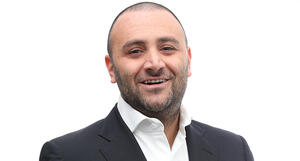A double-digit drop in the number of in-store crimes was offset by a jump in off-premises attacks, JSA’s 2023 crime report shows.
Copyright, Trademark, Patent: Do You Know the Difference?
National Jeweler recaps a recent primer on intellectual property law led by Jewelers Vigilance Committee Senior Counsel Sara Yood.
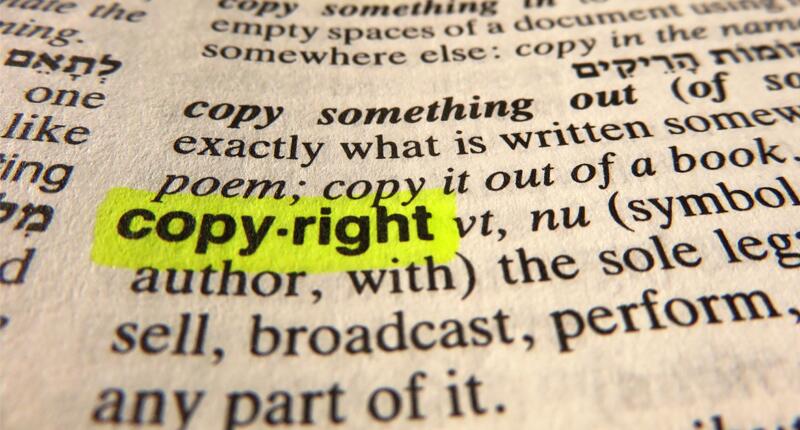
She started with the intellectual property for which protection is simplest to obtain: copyright.
Copyright grants the creator of an “original work” exclusive rights to its use and distribution for the life of the last-living author, plus another 70 years.
Copyright covers a wide range of works, including movies, literary works, choreography, photography and visual arts, which includes jewelry design.
After copyright expires, the work becomes part of the public domain and is free for anyone to use. (According to an article published by The Atlantic last month, there is a “landslide” of classic art set to enter the public domain in the United States next year.)
An individual does not need to file anything to officially get a copyright. In the U.S., copyright is automatically secured when a work is created and “fixed in a tangible medium,” meaning a copy is made. For a piece of jewelry, an original drawing of a piece of jewelry is considered a copy.
However, Yood said, if an individual wants her or his work to stand up in court, it should be registered with the U.S. Copyright Office, which can be done fairly simply online for $35 or by mail for $65.
While the bar is “very low” for originality when it comes to obtaining a copyright registration, the bar for defending a work in court is substantially higher. The more original a design, the easier it will be for a designer or retailer to win a copyright infringement case.
A trademark, or service mark, is for words, names, symbols, devices (including colors or smells) or any combination thereof that are used to identify goods or services. The purpose of a trademark is two-fold: to distinguish a product as coming from a particular source and to assure the buyer a consistent level of quality in the goods sold under that trademark. The Nike Swoosh is one example, as is the robin’s egg blue color Tiffany & Co. has trademarked for its boxes and bags.
One facet of trademark law Yood reviewed that many in the room—and perhaps many in the industry—seem unaware of is the National Gold & Silver Stamping Act requirement that all precious metal items stamped with a quality mark (14K, 925, etc.) also must be stamped with the producer’s federally registered trademark. This acts as a guarantee of the stated fineness of the precious metal, she said.
Once obtained, trademark protection is indefinite, unless it is deemed to have been abandoned (meaning no longer used) or have become a generic term for the products it represents, like Murphy bed, aspirin and thermos. Known as genericide, this is what Tiffany was fighting against in its legal row with Costco over the term “Tiffany setting,” a battle that it ultimately won.
The costs involved in obtaining a trademark vary but, not counting attorney’s fees, it’s around $450 per mark. It’s worth noting, she said, that trademark applications are public record, so any information that’s entered will be searchable online.
Yood also recommended hiring an attorney for patents, two types of which are relevant to the jewelry industry.
A utility patent protects an invention or the discovery of a new and useful process or machine, or any improvements upon either one. It is active for 20 years from the filing date of the first application. A design patent covers design and is good for 14 years.
The USPTO handles patents too and, as with trademarks, has assistance programs available to those who are unable to afford an attorney.
In her presentation, Yood also covered an area of intellectual property law for which relevance has increased with the advent of social media: the right of publicity.
The right of publicity refers to an individual’s right to control the commercial use of her or his name, image, likeness or other aspects of identity. It is generally considered a property right, which it means it continues even after an individual dies.
It is a state-based right and therefore varies from state to state, with some states—like New York, California and Tennessee (because of Elvis, Yood said)—having more protection for individuals than others.
What this means, she added, is that retailers and designers cannot use an image of a celebrity wearing their jewelry without her or his permission or the permission of an agent for that individual. It’s also worth noting that licensing rights also have to be obtained for photos taken by services like Getty Images.
Publicity rights extend to images posted by a celebrity on her or his personal Instagram page or other social media sites. Individuals, Yood said, are in no way releasing rights to the commercial use of their image simply by sharing it on social media.
The Latest
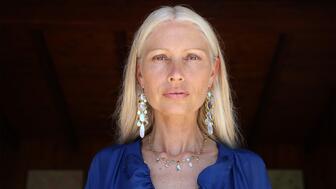
Inspired by the Roman goddess of love, the designer looked to the sea for her new collection.
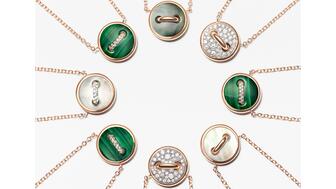
The luxury titan posted declining sales, weighed down by Gucci’s poor performance.

With Ho Brothers, you can unlock your brand's true potential and offer customers the personalized jewelry experiences they desire.

The mining company’s Diavik Diamond Mine lost four employees in a plane crash in January.

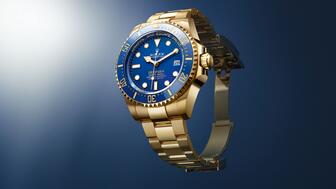
The crown introduced a dozen timepieces in Geneva, including a heavy metal version of its deep-sea divers’ watch.

Emmanuel Raheb recommends digging into demographic data, customizing your store’s communications, and retargeting ahead of May 12.

For over 30 years, JA has advocated for the industry, fought against harmful legislation and backed measures that help jewelry businesses.

Located in the town of Queensbury, it features a dedicated bridal section and a Gabriel & Co. store-in-store.
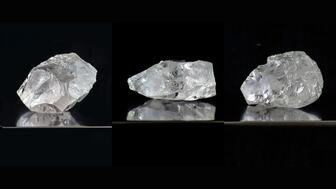
A 203-carat diamond from the alluvial mine in Angola achieved the highest price.
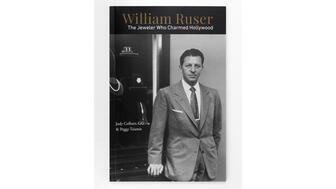
Ruser was known for his figural jewelry with freshwater pearls and for his celebrity clientele.

The “Rebel Heart” campaign embodies rebellion, romance, and sensuality, the brand said.

Editor-in-Chief Michelle Graff shares the standout moments from the education sessions she attended in Austin last week.

The overhaul includes a new logo and enhanced digital marketplace.

The money will go toward supporting ongoing research and aftercare programs for childhood cancer survivors.

A new addition to the “Heirloom” collection, this one-of-a-kind piece features 32 custom-cut gemstones.

Last month in Dallas, David Walton pushed another jeweler, David Ettinger, who later died.
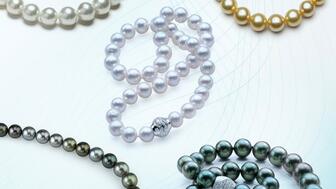
The move will allow the manufacturing company to offer a more “diverse and comprehensive” range of products.
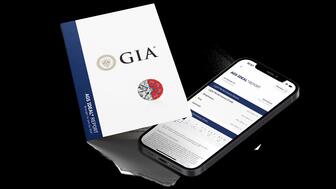
From now through mid-May, GIA will be offering the reports at a 50 percent discount.
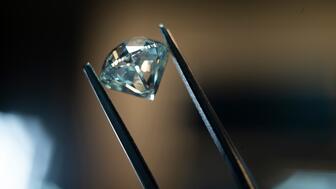
De Beers’ rough diamond sales were down 18 percent year-over-year in its latest round of sales.
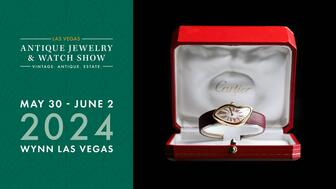

Sponsored by the Las Vegas Antique Jewelry & Watch Show

The Patek Philippe expert will serve as personal curator for the brand-focused company.

The 553-square-foot shop is aboard the Carnival Jubilee cruise ship.

NDC filed a complaint against Skydiamond for use of phrases like “diamonds made entirely from the sky.”
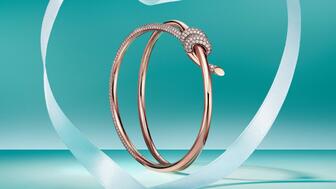
LVMH said the company performed well despite an uncertain geopolitical and economic environment.

B&D Sales and Service held a ribbon-cutting event for its new location in Cranston, Rhode Island.
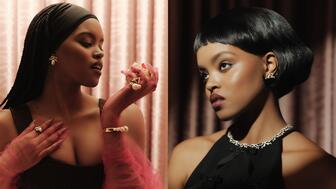
It’s ultra-feminine and filled with gold, pearls, and soft pastels.




















